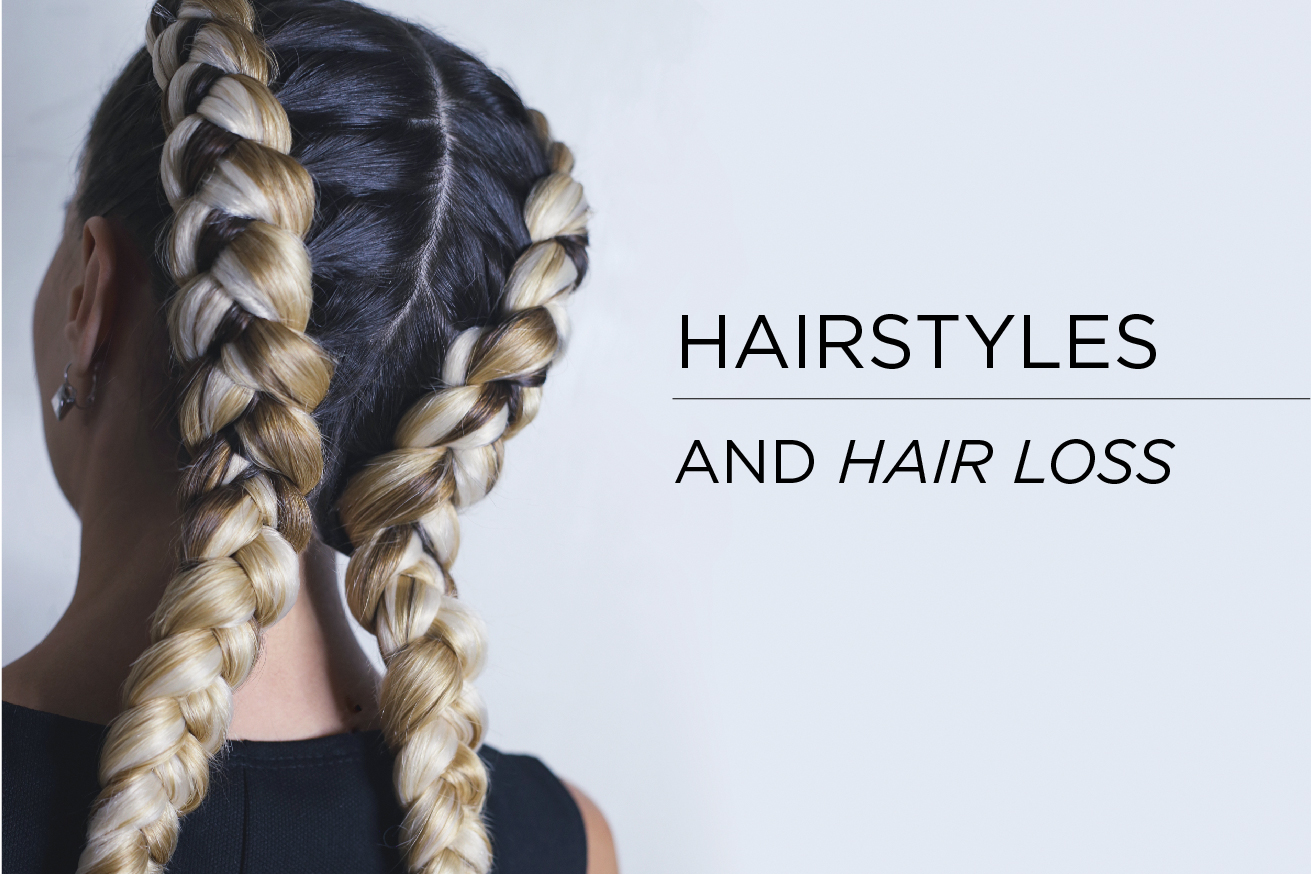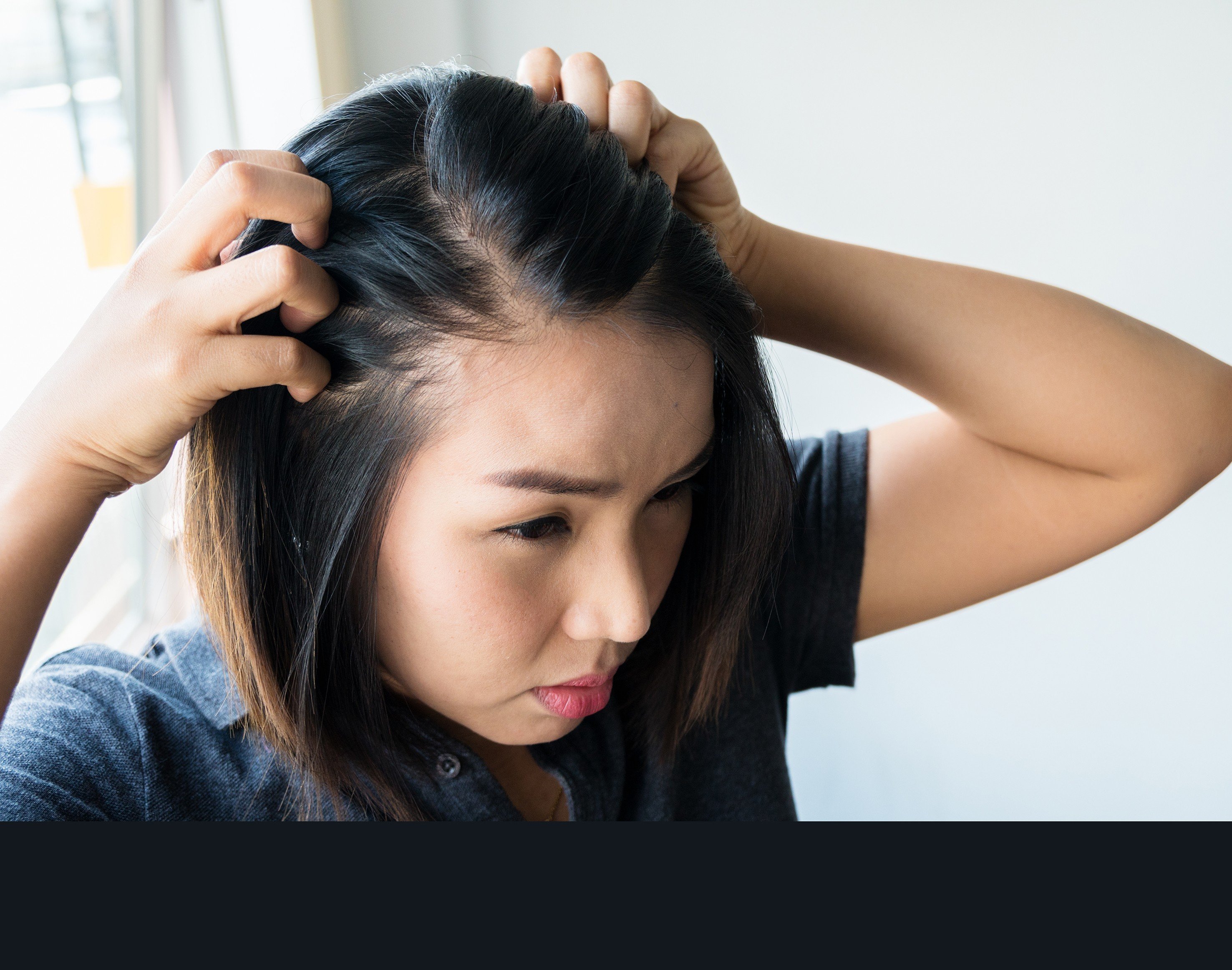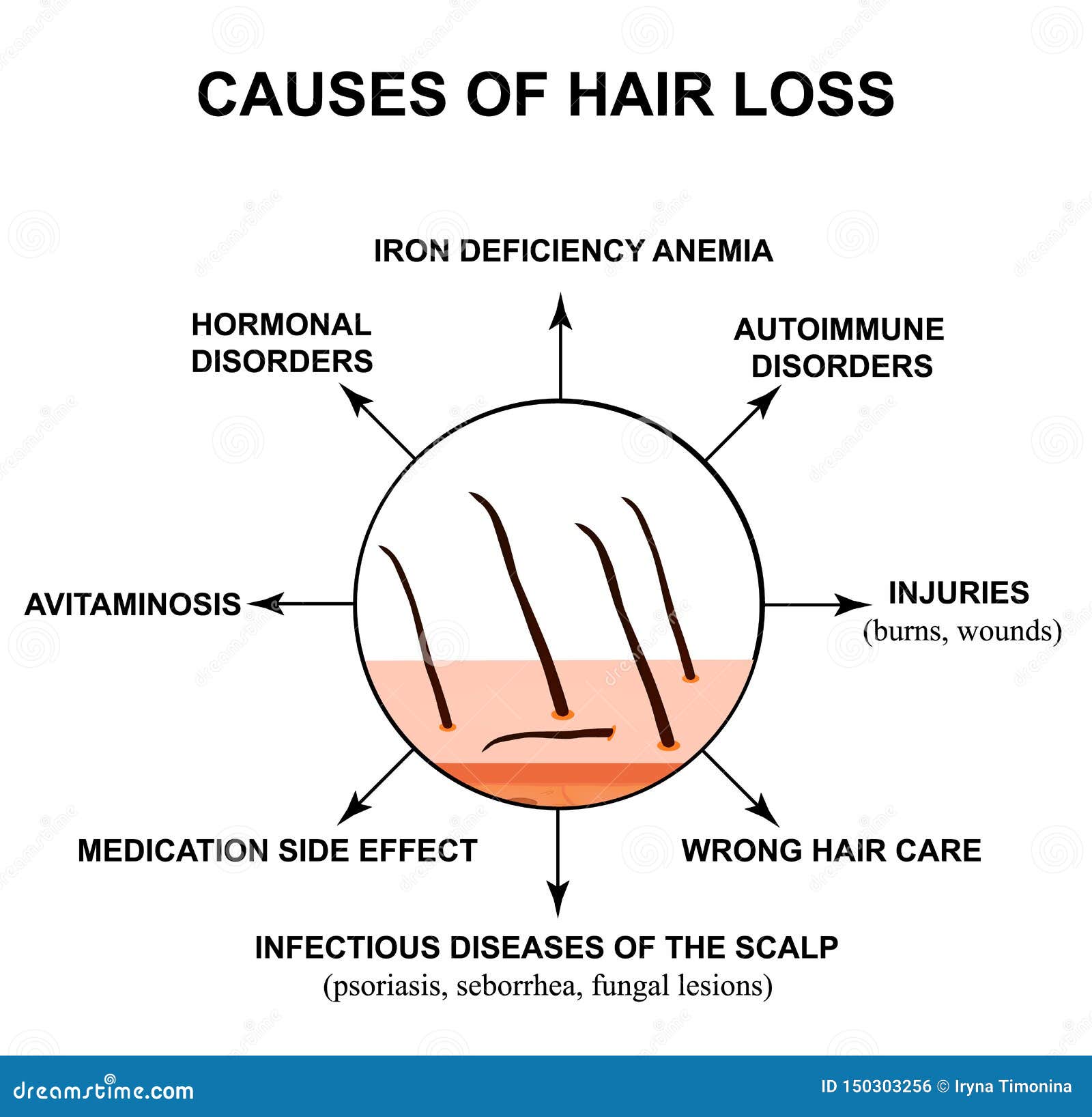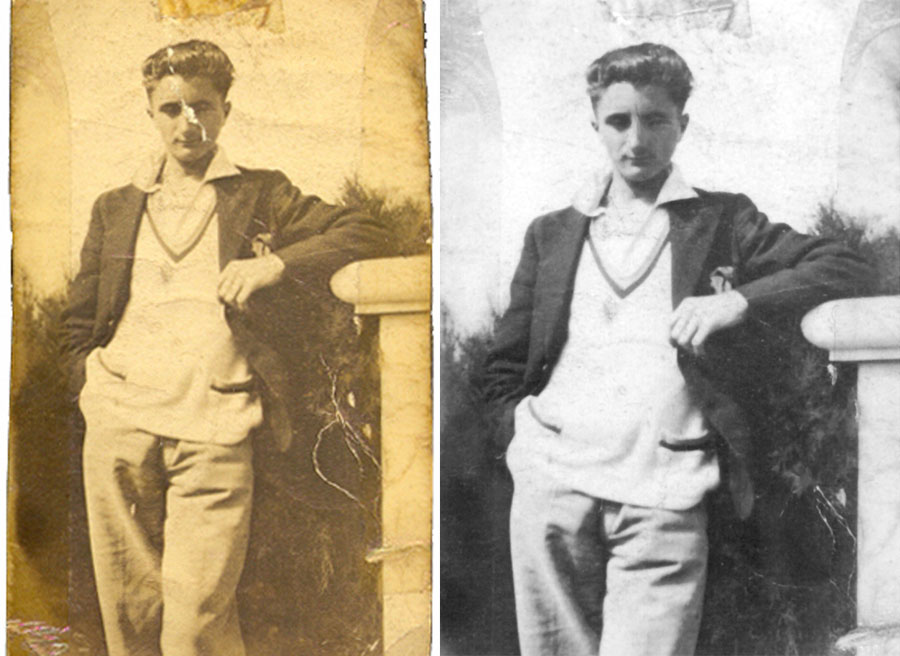Table Of Content

You may experience any one of several types of hair loss, such as hair thinning, a widening part, or patchy hair loss. This is considered the most effective treatment for people who have a few patches of alopecia areata, a condition that causes hair loss. In one study of 127 patients with patchy alopecia areata, more than 80% who were treated with these injections had at least half of their hair regrow within 12 weeks. This type of hair loss occurs due to an autoimmune disorder (such as lupus or fibromyalgia), in which the immune system attacks hair follicles and prevents their growth.
How Does Hair Grow?
With about 100,000 hairs on your head, that small loss isn’t noticeable. New hair normally replaces the lost hair, but this doesn’t always happen. In addition, too much vitamin A and certain medications can also cause telogen effluvium.
The Best Hair Loss Treatments of 2024, Tested and Reviewed - Men's Journal
The Best Hair Loss Treatments of 2024, Tested and Reviewed.
Posted: Mon, 29 Apr 2024 20:07:08 GMT [source]
New hair care routines
Most baldness is caused by genetics (male-pattern baldness and female-pattern baldness). When this occurs, as much as 70% of scalp hair can fall out, often in handfuls, around two months after the trigger. The vitamin biotin has been recommended by healthcare professionals to boost your keratin (the protein that helps with the formation of hair, skin and nails).
Other treatments
The friction from wearing tight clothing, shoes, or socks can cause hair loss where you have continual rubbing. While many people who have hair loss develop one or more of these common signs, hair loss can occur in other ways. In hair transplant surgery, pieces of scalp tissue with the hair attached are typically taken from one area of the scalp and moved to areas of baldness. Menopause can also lead to uncomfortable systemic symptoms such as night sweats, weight gain, and vaginal dryness, which may raise your overall stress levels. Alopecia means “hair loss.” There are many different types of alopecia, in addition to androgenetic alopecia. Treatment options for hair loss typically depend on the cause.
Hair Loss in Women: Causes, Prevention, and Treatment
Talk to your healthcare provider if an abnormal amount of your hair is falling out. You may need to see a dermatologist (a doctor specializing in skin, hair, and nails) who can tell you whether you are experiencing hair shedding, hair loss, or both. Doctors often prescribe oral medications to be used along with topical minoxidil because studies show the combination boosts hair production. Low-dose oral minoxidil (prescribed off-label) has been found to be effective and safe for most patients, Mirmirani says. Other oft-used drugs include finasteride (Propecia) and spironolactone.
Male pattern baldness typically involves progressive hair loss above the temples and thinning at the crown of the head, creating an “M” shape. In men, hair loss is often caused by reactions to the predominant male reproductive hormone, testosterone. Many factors affect these levels, with other diseases or conditions leading to different types of hair loss. Early treatment of a receding hairline (frontal fibrosing alopecia) might help avoid significant permanent baldness. The cause of this condition is unknown, but it primarily affects older women.

Female-pattern baldness
But it can be a common symptom of your thyroid’s hormone production not working correctly. These molecules react with others to cause oxidative stress, which can harm cellular DNA. A 2018 review found that cells in the hair follicles of scalps with hair loss are extremely sensitive to oxidative stress. Because it’s a vasodilator, caffeine may also help improve blood flow to your scalp, promoting hair growth.
Effective hair loss treatments for women
They can offer guidance or potential alternatives if the medication's side effects affect your hair. Whether thinning hair can grow back depends on various factors, including the cause of the thinning, an individual's genetics, and the treatment approaches. Traction alopecia is a type of hair loss that's brought on by the way you style your hair. Hairstyles like cornrows, braids, or tight ponytails can cause it.
What’s The Most Common Cause Of Female Hair Loss?
Many of these treatments are still in the early testing phases though, and more research will be necessary. Typically, the most common types of hair loss are treated with topical or oral medications, which will likely be the first course of treatment. There’s a range of treatment options for hair loss, but the best option for you will depend on what’s causing your hair loss.

This process is essential to the life cycle of hair, and you may experience hair loss if you have a biotin deficiency. Hair follicles are made up mostly of a protein called keratin. Finally, keep in mind that the same healthy habits recommended for maintaining your physical health will also help your hair.
Because studies show that the following can help, your dermatologist may include one (or more) in your at-home treatment plan. A treatment plan for hair loss may include one or more of the following. Once your dermatologist finds the cause(s), your dermatologist will tell you whether treatment is recommended.
Your dermatologist can tell you whether your hair may start to grow again on its own. If you are experiencing hair loss, you are not alone—35 million men and 21 million women in the United States are also experiencing hair loss. If you try supplements for hair loss, make sure you know what exactly you’re taking.
Female hair loss happens when a woman, or anyone who was identified as female at birth, loses more hair than normal. About half of all women will have hair loss at some point in life. Most start to notice it in their 50s or 60s, but it can happen at any age and for a variety of reasons. Women with hair loss due to alopecia areata may consider treatment with corticosteroids applied to the scalp or injected into multiple sites in the affected area.






















